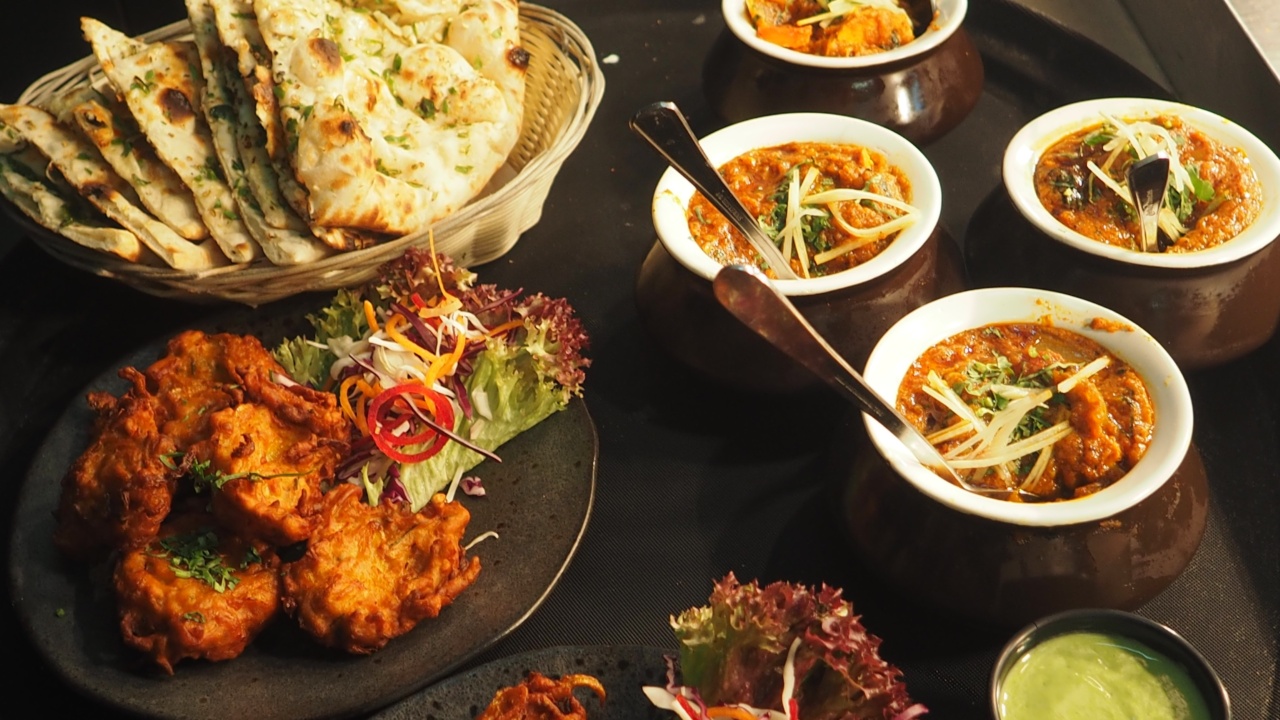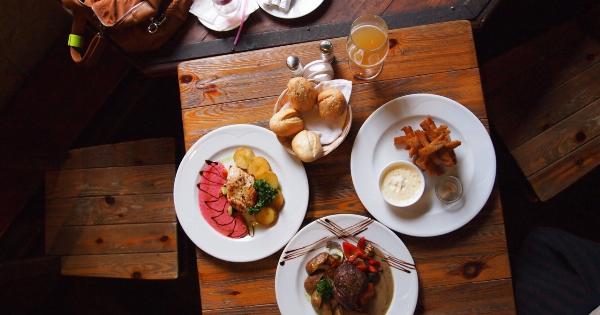Hypertension, commonly known as high blood pressure, is a chronic medical condition that affects millions of people worldwide. It is often associated with various lifestyle factors, including diet and physical activity.
While there are many factors that can contribute to hypertension, including genetics and stress, certain cooking methods of meat have been found to increase the risk of developing this condition. In this article, we will explore some of these cooking methods and discuss their potential impact on hypertension.
1. Grilling
Grilling is a popular cooking method, especially during the summer season.
However, studies have shown that grilling meat at high temperatures can lead to the formation of harmful compounds known as heterocyclic amines (HCAs) and polycyclic aromatic hydrocarbons (PAHs). These compounds are formed when the fat and juices from meat drip onto the hot coals or flames, resulting in the production of smoke, which then adheres to the meat.
2. Frying
Frying meat, whether in a pan or deep-frying, can also contribute to an increased risk of hypertension. When meat is fried, it often absorbs a significant amount of oil, leading to higher levels of saturated and trans fats.
These fats can contribute to the development of high blood pressure and other cardiovascular diseases.
3. Barbecuing
Similar to grilling, barbecuing involves cooking meat over an open flame or hot coals. This cooking method can produce high levels of smoke and can cause the formation of HCAs and PAHs, as mentioned earlier.
Additionally, barbecued meats are often marinated in sugary or high-sodium sauces, further contributing to the risk of hypertension.
4. Smoking
Smoking meat is a traditional method of food preservation and flavor enhancement. However, the smoking process can also lead to the production of HCAs and PAHs, which are known carcinogens.
Regular consumption of smoked meats has been linked to an increased risk of hypertension, as well as other health conditions such as certain types of cancer.
5. Broiling
Broiling involves cooking meat by exposing it to direct heat from above. This cooking method can result in the production of charred or burnt portions of the meat, which can contain higher levels of HCAs and PAHs.
Regular consumption of charred or burnt meat has been associated with an increased risk of hypertension and other adverse health effects.
6. Searing
Searing meat involves cooking it at a high temperature for a short period. While searing can create a flavorful crust on the surface of the meat, it can also lead to the formation of harmful compounds.
The intense heat can cause the Maillard reaction, resulting in the production of acrylamide, a potential carcinogen. Research suggests that frequent consumption of foods high in acrylamide may contribute to an increased risk of hypertension.
7. Roasting
Roasting meat in an oven at high temperatures can also pose a risk to hypertension. Like grilling and broiling, roasting can lead to the formation of HCAs and PAHs, especially when the meat is cooked at higher temperatures for longer periods.
Additionally, the use of high-sodium seasoning mixes or sauces in roasting can further contribute to increased blood pressure.
8. Steaming
Steaming is often considered a healthier cooking method, as it helps retain the natural flavors and nutrients in the meat. However, it is important to choose lean cuts of meat and avoid adding excessive salt or seasoning during the steaming process.
High sodium intake can contribute to hypertension, so it is crucial to be mindful of the ingredients used when steaming meats.
9. Sous Vide Cooking
Sous vide cooking involves vacuum-sealing food and cooking it at a controlled low temperature in a water bath.
While this method generally preserves the nutrients and flavors of the meat, it is important to avoid excessive marinating with high-sodium or sugary sauces. Sous vide cooking can be a healthier alternative to some other methods that can increase the risk of hypertension.
10. Boiling
Boiling is a simple and straightforward method of cooking meat. It involves submerging meat in a liquid and cooking it at a controlled temperature. Boiling can help remove excess fat from meat, resulting in a lower fat content.
However, it is essential to avoid using high-sodium broths or seasonings, as too much sodium can contribute to hypertension.
Conclusion
Cooking methods play a significant role in the development of hypertension. Grilling, frying, barbecuing, smoking, broiling, searing, roasting, and consuming foods high in acrylamide can increase the risk of developing high blood pressure.
On the other hand, cooking methods such as steaming, sous vide cooking, and boiling can be healthier alternatives. It is important to prioritize lean cuts of meat, avoid excessive sodium and sugar, and adopt healthier cooking practices to reduce the risk of hypertension and promote overall cardiovascular health.





























